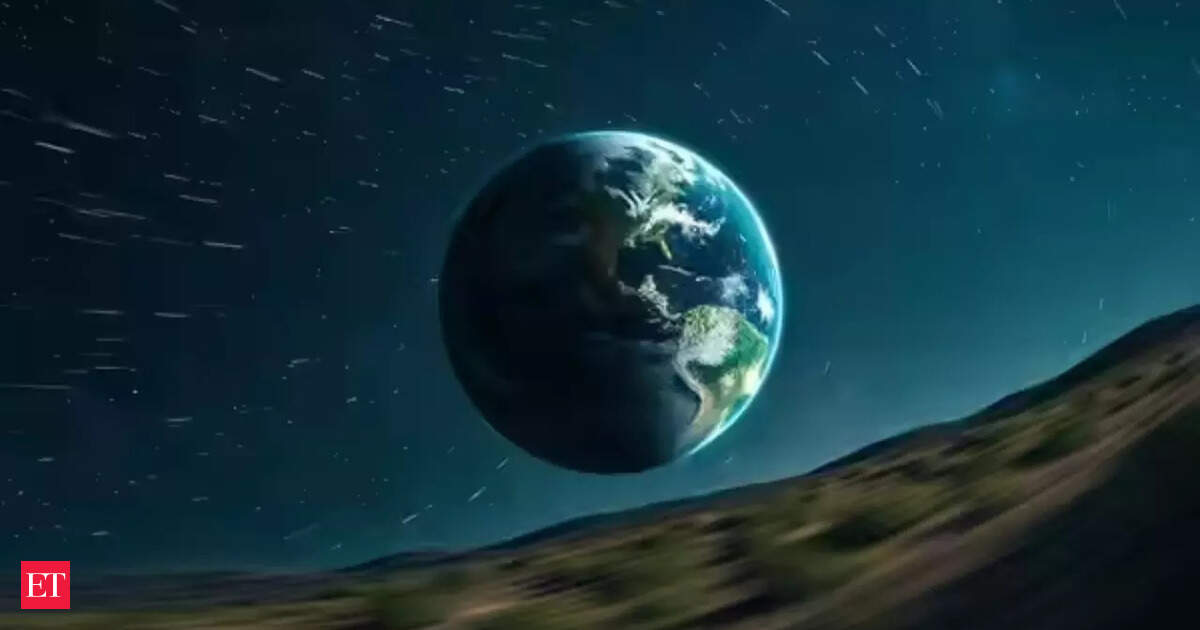On July 9, July 22 and Aug. 5, the position of the moon is expected to affect Earth’s rotation so that each day is between 1.3 and 1.51 milliseconds shorter than normal, according to a report in Live Science?
July 9 shortest day in history?
Scientists attribute this phenomenon to the Moon’s current position, which is influencing Earth’s rotation and causing it to spin slightly faster, resulting in days that are marginally shorter than usual. Normally, a day on Earth is the time needed for our planet to fully rotate on its axis- 24 hours.
However, several factors such as positions of the sun and moon, changes to Earth’s magnetic field, and the balance of mass on the planet affect Earth’s rotation. These factors can cause the Earth to spin either slightly faster or slower, altering the length of a day by a few milliseconds. Global timekeeping authorities are monitoring closely to determine whether adjustments like a negative leap second may be required.
“On July 9, 22, and August 5, the Moon’s position—shifted farther from the equator and closer to Earth’s poles—will give a subtle boost to the planet’s rotation. This leads to slightly shorter days, a change now detectable with cutting-edge atomic clocks and satellite technology.”
According to the International Earth Rotation and Reference Systems Service (IERS), July 22 to August 5 are expected to be similarly short. The temporary increase in Earth’s rotation speed is mainly caused by the Moon’s position in its orbit. When the Moon shifts away from Earth’s equator and moves closer to the poles, its gravitational pull affects the planet differently. This altered tug can slightly accelerate Earth’s spin—similar to how a figure skater spins faster by drawing their arms in.The IERS, which oversees global timekeeping, will eventually need to introduce a “negative leap second” to adjust for the string of shortened days – marking the first time such a correction will be implemented. This adjustment is currently expected in 2029.“This is an unprecedented situation and a big deal,” NY Post quoted Duncan Agnew, a geophysicist at the Scripps Institution of Oceanography at the University of California, San Diego, as saying. “It’s not a huge change in the Earth’s rotation that’s going to lead to some catastrophe or anything, but it is something notable,” he added.
Earth’s rotation
Normally, a full day on Earth lasts about 86,400 seconds, or 24 hours but the rotation is not constant. It is affected by numerous factors such as the positions of the Sun and Moon, shifts in Earth’s magnetic field, and the distribution of the planet’s mass.
Earth’s rotation has been gradually slowing for billions of years, leading to longer days over time. Scientists believe that around 1 to 2 billion years ago, a full day lasted just 19 hours. Back then, the Moon was much closer to Earth, exerting a stronger gravitational pull that made our planet spin faster.
As the Moon drifted away, Earth’s rotation slowed down, steadily lengthening the day.
However, in recent years, this long-term trend has shown surprising shifts. In 2020, researchers noticed Earth was actually spinning faster than at any point since precise measurements began in the 1970s.
The quickest spin on record occurred on July 5, 2024, when Earth completed a full rotation 1.66 milliseconds faster than the standard 24 hours, according to timeanddate.com.




